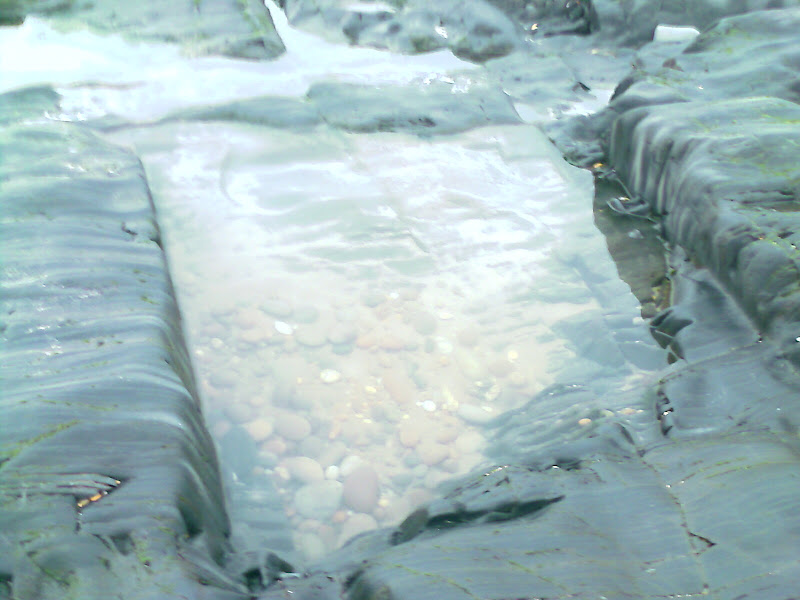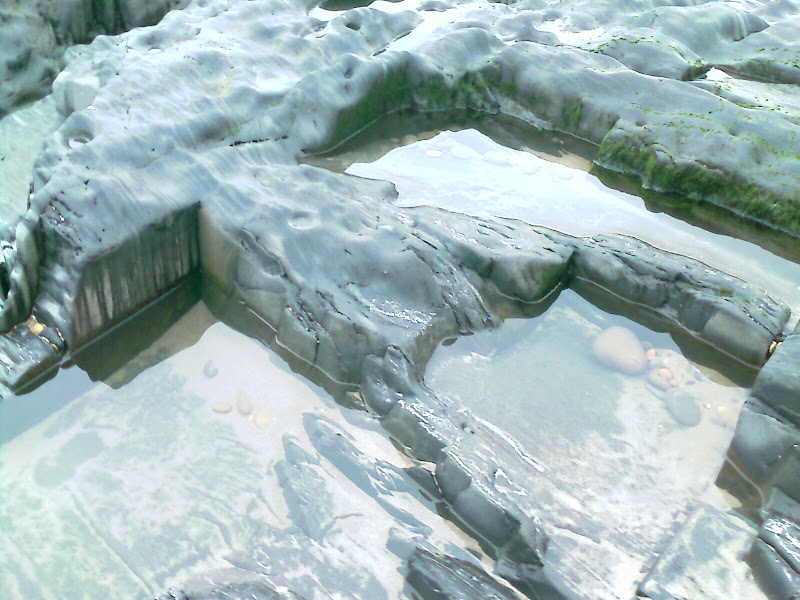Sea salt, obtained by evaporating seawater, is used in cooking and cosmetics. Historically called bay salt, its mineral content gives it a different taste from table salt, which is pure sodium chloride, usually refined from mined rock salt (halite) or from sea salt.
The principle of the production is the evaporation of the water from the brine of the sea. In warm and dry climates this may be done entirely by solar energy but in other climates, fuel must be used. For this reason, sea salt production is now almost entirely an industry of Mediterranean and other warm, dry climates.
The name normally used today for such places is salt works but the older English word is saltern. An ancient or medieval saltern could be established where there was:
- 1: Access to a market for the salt.
- 2: A gently-shelving coast, protected from exposure to the open sea.
- 3: A cheap and easily worked fuel supply; preferably, the sun.
- 4: Preferably, another trade such as pastoral farming and tanning so that it and the salt could each add value to the other in the form of leather or salted meat.
In this way, salt marsh, pasture (salting), and salt works (saltern) enhanced each other economically. This was the economic pattern in the Roman and Medieval periods around some salt production reginons.
The dilute brine of the sea was largely evaporated by the sun and concentrated slurry of Salt, and, mud scraped up. The slurry was washed with clean sea water so that the impurities settled out of the now concentrated brine. This was poured into shallow pans lightly baked from the local marine clay, which were set on fist-sized clay pillars over a peat fire for the final evaporation. The dried salt was scraped out and sold.
in: wikipedia
This Earthcache is located at a medieval salt extraction field located at Marinhas, Esposende, North of Portugal. This "salt mine" was located near a medieval dock. This beach is part of a Natural Park named as "Parque Natural do Litoral Norte".


photos by emlino
At this place you may find some hand excavated shale rocks. At medieval age, on some seasons, the sea cover the holes. The time between sea high level was enough for salt deposition. Then, the villagers take out the salt and clean all the hole to prepare another sea water deposit.
To log this cache, you must tell me by email the following issues:
- the main ingredients to produce sodium chloride in laboratoty (some help: a acid and a base is needed to produce a salt);
- in the rock cycle, which is the process that forms the shale?!
- the texture and the color of the rocks at coordinates location.
